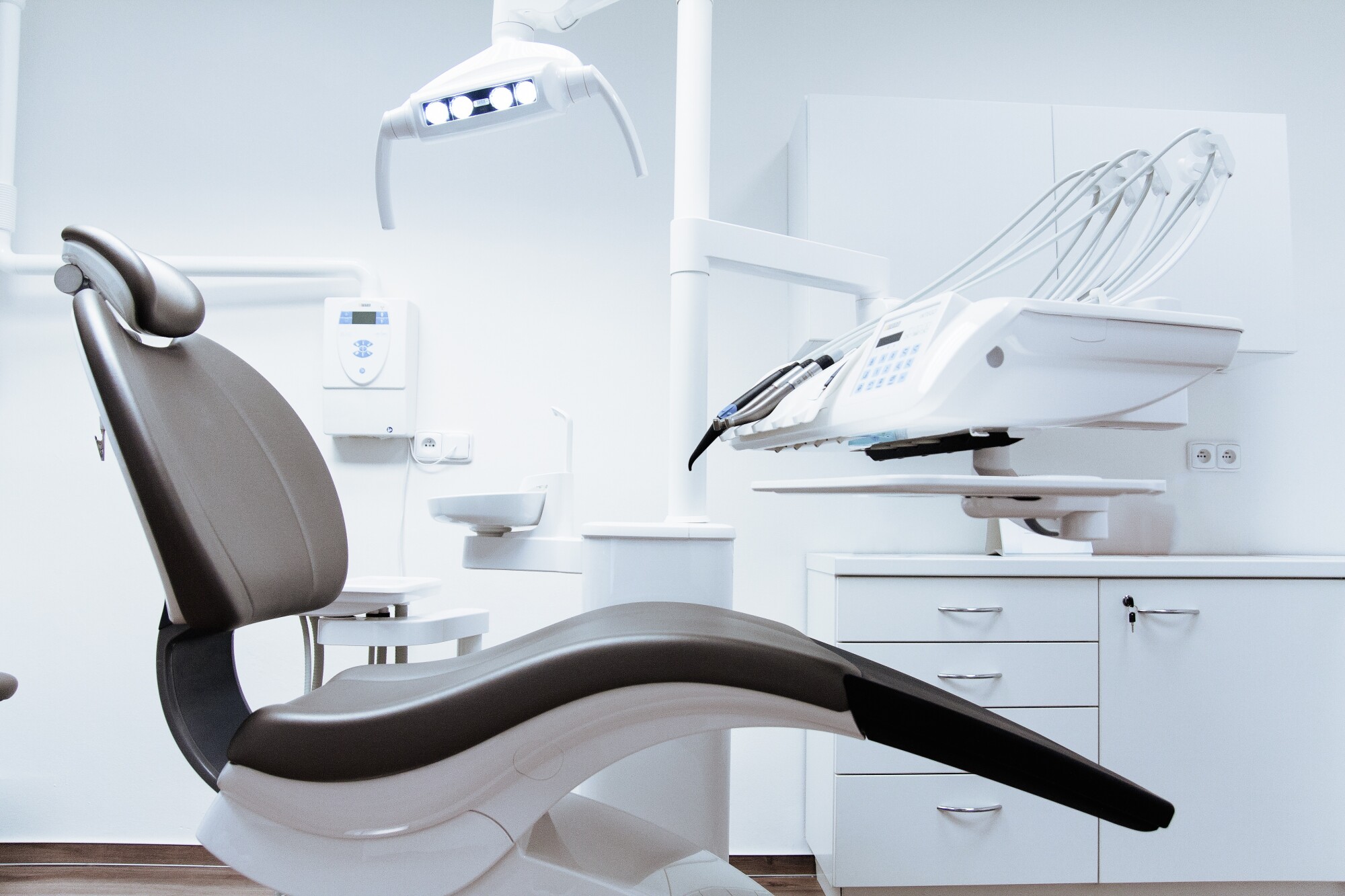Everything You Need to Know About Trudenta for Headache Relief
38 million people in the United States suffer from migraines.
11 million people state that migraines make them mildly to moderately disabled.
Many people’s pain occurs from something called TMJ, or temporomandibular joint dysfunction.
This can not only give you migraines but also create pain in your jaw, make it difficult to eat, create ringing in the ears, or locking of your jaw joint.
The TMJ joint is the hinge that connects your jawbone to your skull.
TruDenta, however, can help ease the pain and get your jaw back to its original strength. It can also help you ease migraine pain.
Read on to find out what TruDenta can do for you.
Is TruDenta Medicine?
No! TruDenta is not medication. In fact, it is one of the only therapies approved for migraine and headache relief that doesn’t involve medicine.
Does TruDenta Treat My Symptoms?
TruDenta is unique in that it doesn’t only treat your symptoms. Instead, it helps realign your jaw and allows the muscles to work together.
While TruDenta does treat your symptoms, it also helps heal your body from the inside out. This means it actually gets to the root of the problem. Instead of treating your pain, it treats the entire system.
TruDenta aims to realign your jaw and get it back to its original health.
Does TruDenta Involve Injections?
No. TruDenta is a comprehensive rehabilitation process that is free of painful injections and messy creams. It works to use up-to-date technology to help individuals restore their jaw health.
Who is Eligible to Use TruDenta?
Anyone who suffers from TMJ symptoms to the point that it interferes with his or her life.
Symptoms can include: pain in the jaw or face, tenderness of the jaw, aching pain in or around ear, difficulty or pain while chewing, joint locking, making it difficult to open or close your mouth.
Other symptoms can include headaches, migraines, dizziness and a ringing in the ears. Trudenta’s state-of-the-art technology can eliminate all these.
My Jaw Doesn’t Hurt, But My Doctor Referred Me To Try TruDenta
Your dentist or doctor may have told you to try TruDenta or referred you to someone who can perform TruDenta. They may have also done a diagnostic test on you and told you that you’re a good candidate for the system.
If you don’t have any of the symptoms of TMJ dysfunction, this might sound a bit strange.
However, TMJ dysfunction does not only manifest from pain and headaches. A misaligned jaw can also be part of the problem and might cause pain later on down the line.
When your dentist or doctor diagnoses you with TMJ, he or she does a battery of tests. If he or she can perform TruDenta’s system, the test will include a 3D image of your mouth. This way, he or she can tell right away if there is a problem.
If you have a misaligned mouth, you may not yet have symptoms. They may start to appear as time moves on, creating more problems.
What Does TruDenta Involve?
TruDenta’s system is different for every patient. That’s because the treatment is uniquely tailored to you and what you need.
However, you can rest assured you won’t receive any drugs. You also won’t be receiving any injections or be subject to any painful jaw manipulation.
Instead, your dentist will work to resolve your issue the same way he or she would work to resolve a sports injury. It can take eight or more sessions to resolve some issues, especially if they’re severe.
Depending on what your dentist decides, your program may include cold laser, ultrasound, manual trigger point massage therapy, a bite plate to wear at night, a home health care kit with lotion, microcurrent units, hot and cold therapy packs, and Alpha-Stim M electrotherapy.
These therapies work together to restore balance to your TMJ joint. It also works to help put ligaments and tendons back in place, freeing them from the pain you may have felt when the TMJ joint was not balanced.
They also help bring an end to pain immediately and help reduce the number of headaches you suffer from.
Each treatment lasts approximately 50 minutes. Treatments can be a little longer or a little shorter. Treatment may also include having you do exercises at home or utilizing dental equipment at home.
How Many Treatments Does the Average Person Receive?
There is no average for TruDenta patients, as each treatment is unique to you. Treatment plans run from one treatment to 12, depending on the severity of your case and what you need to do to get your TMJ back to normal.
What You Can Expect After TruDenta
After you’ve gone through the TruDenta treatment program, you can expect your TMJ joint to heal. You will no longer suffer from headaches, joint pain, ringing in your ears or dizziness. You will also be able to eat the foods you want without fear that they’ll cause harm or damage to your mouth.
When to Ask About TruDenta
If you’re suffering from TMJ issues that make it difficult to use your mouth, consider asking your doctor or dentist about TruDenta. He or she can help you decide if it is the right treatment for you. He or she can also help you see if your insurance will cover the cost of the treatment.
Click here for more health-related life tips, tricks and hacks.



